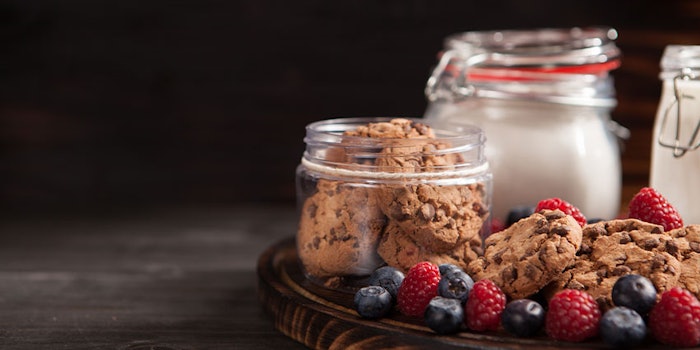
Maltol (3-hydroxy-2-methyl-4-pyrone; FEMA# 2656, CAS# 118-71-8) is formed very widely in nature by heating maltose (hence the name maltol) and many other sugars. The odor profile is strongly aligned to candy. It is part of a family of chemicals with related structures and similar profiles, most importantly ethyl maltol, furaneol and 2-ethyl-4-hydroxy-5-methyl-3(2H)-furanone. Maltol has a relatively high odor and taste threshold level and is considerably weaker than all of these three compounds. It also has solubility limitations in common flavor solvents that the other three compounds do not exhibit.
Despite these disadvantages it can be extremely useful in a wide range of flavors, frequently having a decisive effect at levels orders of magnitude below its threshold level. The relative irrelevance of threshold levels to the practical art of creating flavors is not unexpected, but the sheer degree of the discrepancy for maltol is unusual.
Note that the dose rates given throughout this article are the levels suggested for use in flavors intended to be dosed at 0.05% in ready-to-drink beverages or in a simple bouillon.
Brown Flavors
Bread: Bread flavors are an obvious home for maltol, and relatively high levels can be used. Personally, I prefer sub threshold levels in the region of 1,000 ppm.
Butterscotch: Butterscotch flavors are another story. The only real limitation to the addition of maltol is solubility, and levels as high as 20,000 ppm add tremendous depth.
Caramel: The same, not surprisingly, is true of caramel flavors, and 15,000 ppm is an ideal level of addition.
Chocolate and cocoa: Maltol has a significant contribution to make in cocoa flavors, working well at 5,000 ppm. It is also important in heated dairy products, so, the best level in all types of chocolate flavors is the same.
Coffee: High levels also work very well in all coffee flavors, irrespective of the degree of roast. Fifteen thousand ppm is a good initial level.











